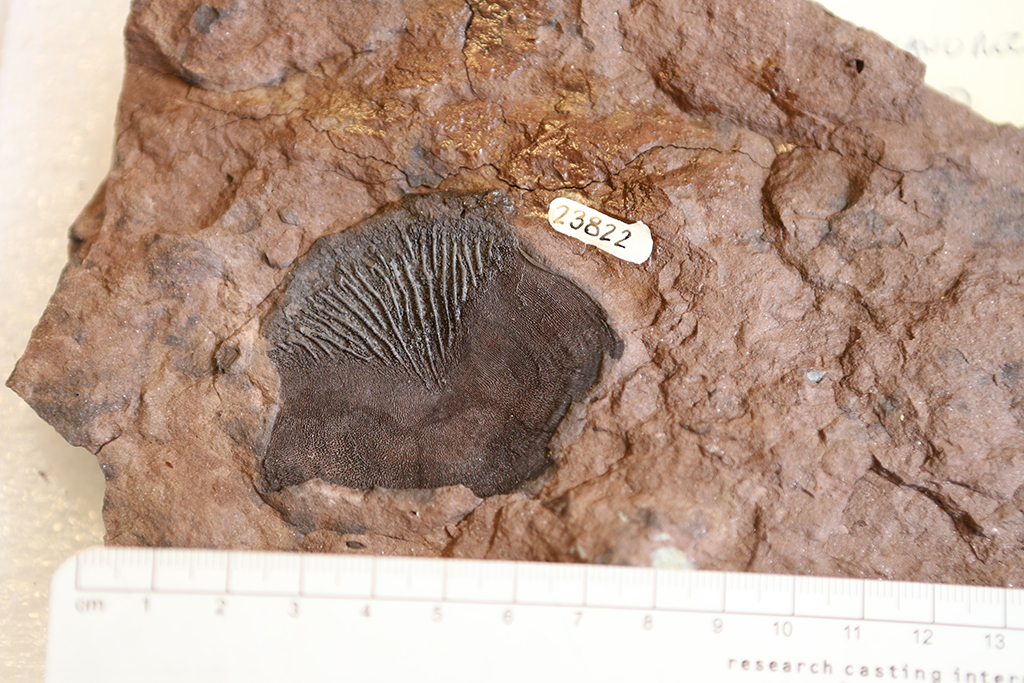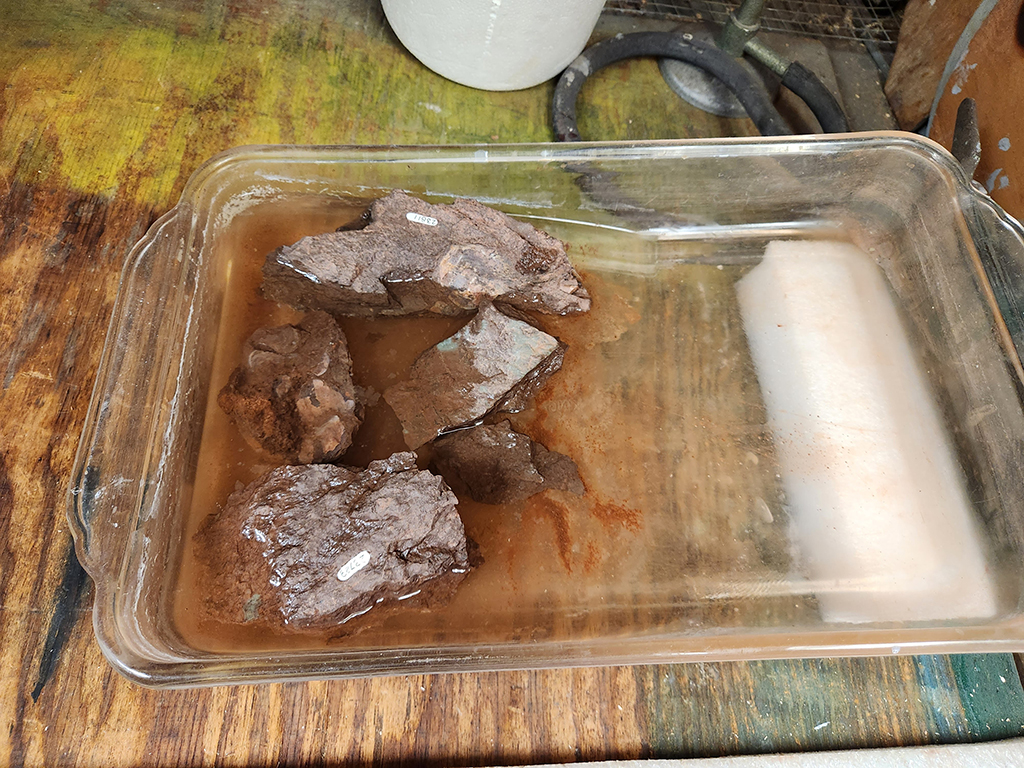
How do we perceive the world around us? In order to understand what surrounds us, we
utilize all our senses to make informed decisions. Similarly, this can be applied to the fossil
record, as studying the sensory biology of extinct animals can provide insight into the
environment they were living in. My research is centered around exploring the diversity of the
cephalic lateral line system across phylogeny and different environments. The cephalic lateral
line system allows fish and aquatic vertebrates to detect motion in their aquatic environment.
Tetrapodomorphs are an excellent group to study, as they are incredibly diverse and have
well-ossified cephalic lateral line systems. My dataset consists of specimens within the
University of California, Museum of Paleontology (UCMP) from the Red Hill, Nevada locality.
With the support of the UCMP, I was able to travel to the Academy of Natural Sciences,
Philadelphia (ANSP) this past summer. This served as an opportunity that not only allowed me
to expand my comparative dataset, but also network to develop connections with researchers.
The ANSP is known for their expansive Devonian collections, due to their active field work in the
Catskill formation. The Catskill formation was believed to be a deltaic environment, with a rich
history of preserving tetrapodomorph taxa. Currently, eight distinct species of tetrapodomorph
taxa have been found in the Pennsylvania area and are now deposited within the ANSP
collection. I spent a full week at the ANSP, working closely with Dr. Ted Daeschler and Dr. Jason
Downs, mainly examining tetrapodomorph specimens under the microscope, photographing
them, and taking linear measurements of the skull elements. This helped me determine a short
list of specimens that I eventually loaned and had computed tomography (CT) scanned. This
experience was incredibly helpful for my academic development, as I was able to have valuable
discussions and conversations with many students and staff having a strong research emphasis
on tetrapodomorph morphology and evolution.

The most exciting part about this trip was being able to use Hydrochloric acid to prepare
the specimens. The technique I was taught was called acid etching, where the acid would
dissolve the bone, leaving behind only the matrix. Although destructive, this resulted in
specimens that revealed a glimpse of the unique internal structure, including the lateral line
system. This was shocking as it contrasts my former acid preparation experience, where formic
acid would break down the limestone matrix surrounding the UCMP specimens from Red Hill.
This would leave behind the three-dimensionally preserved specimen. The CT scans
complemented these initial findings from acid etching, as my undergraduate students and I
segmented similar looking lateral line patterns.

When I compared the lateral line patterns from the ANSP specimens to the patterns
seen in the UCMP specimens, there were striking differences. This suggests that different
environments or localities may result in different morphologies; however, future collection visits
will be necessary to explore whether this is a meaningful trend. This highlights the importance of
collections-based research, allowing for new research questions and avenues of research to be
explored from previously collected specimens.